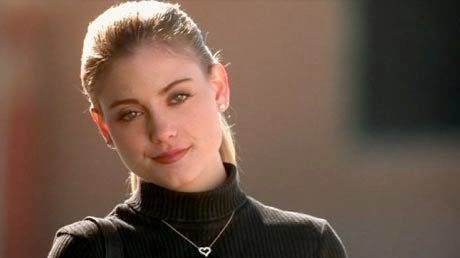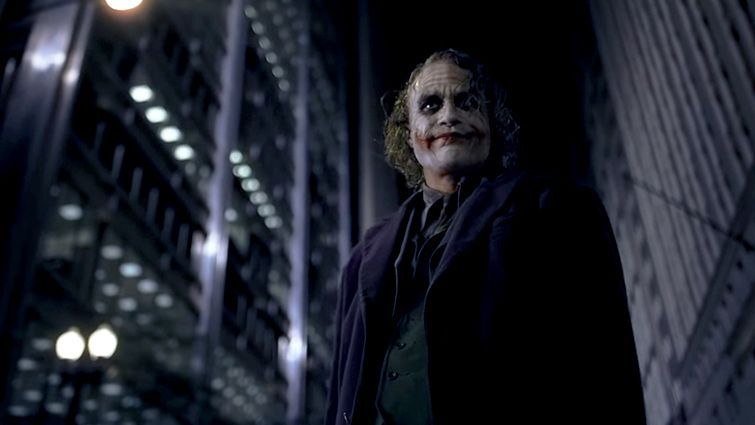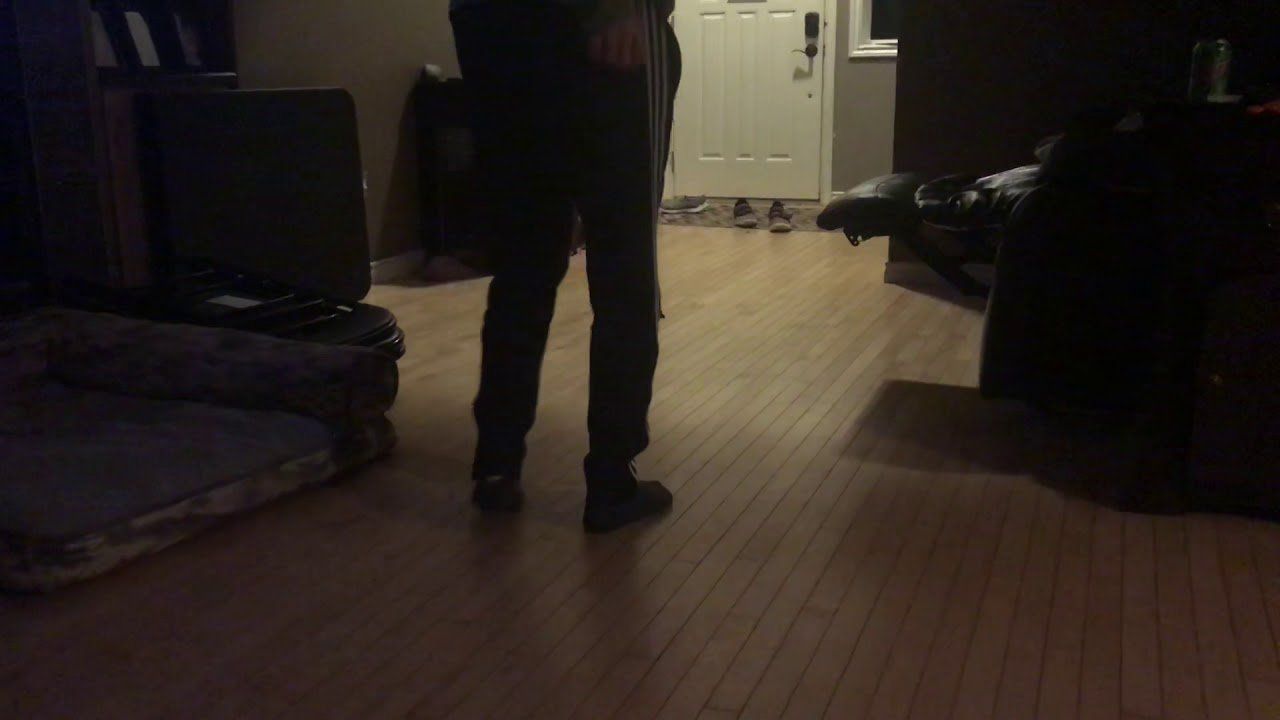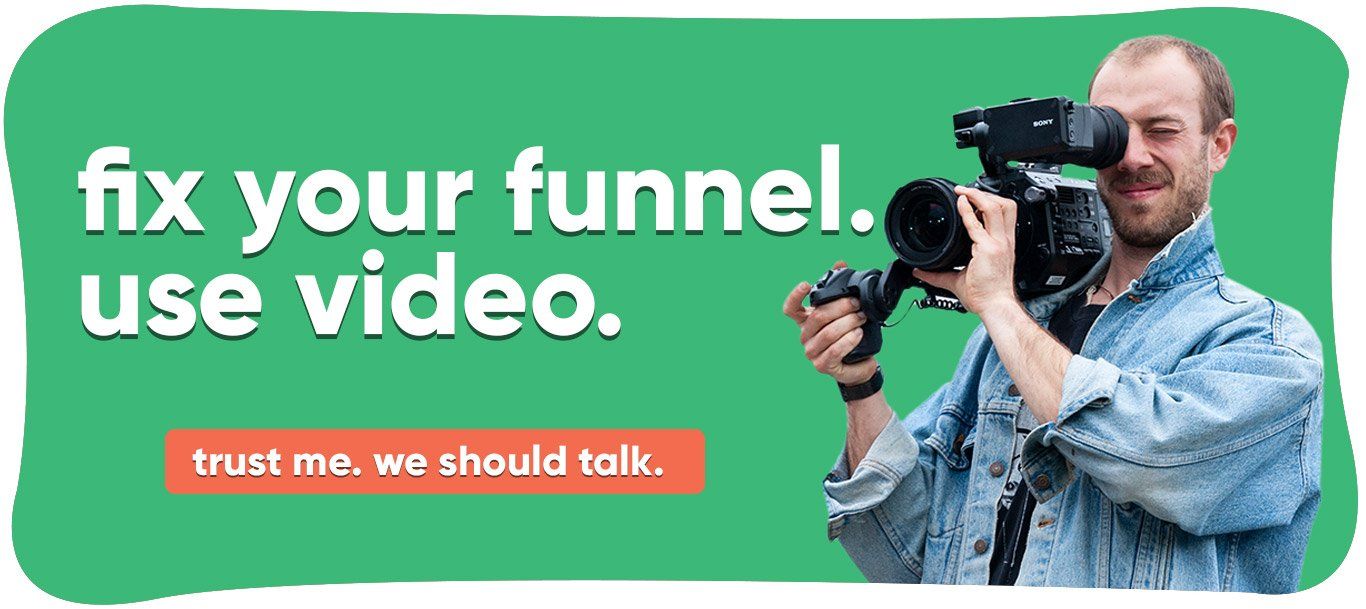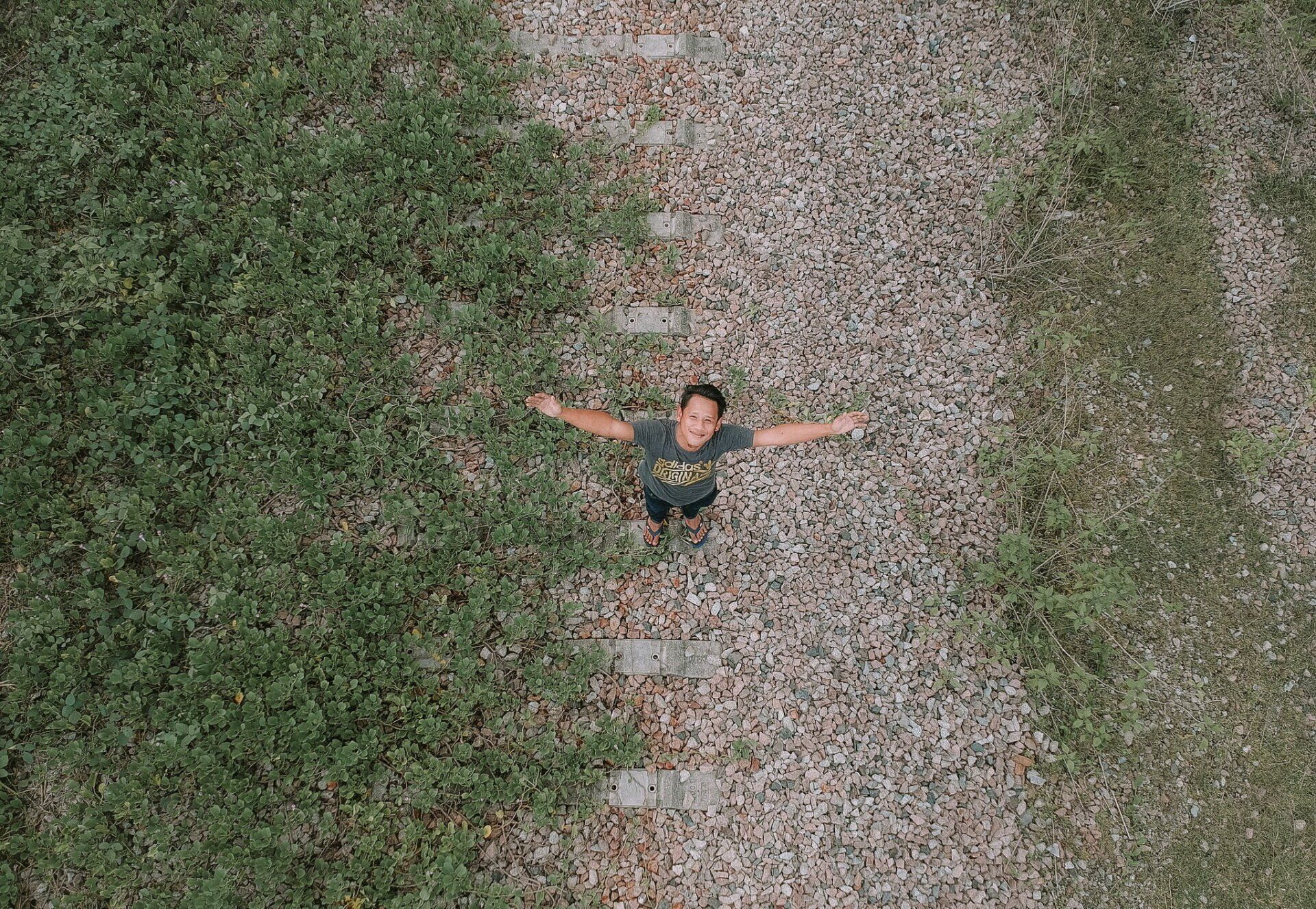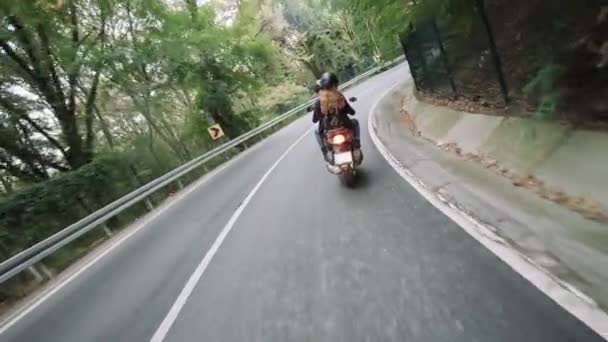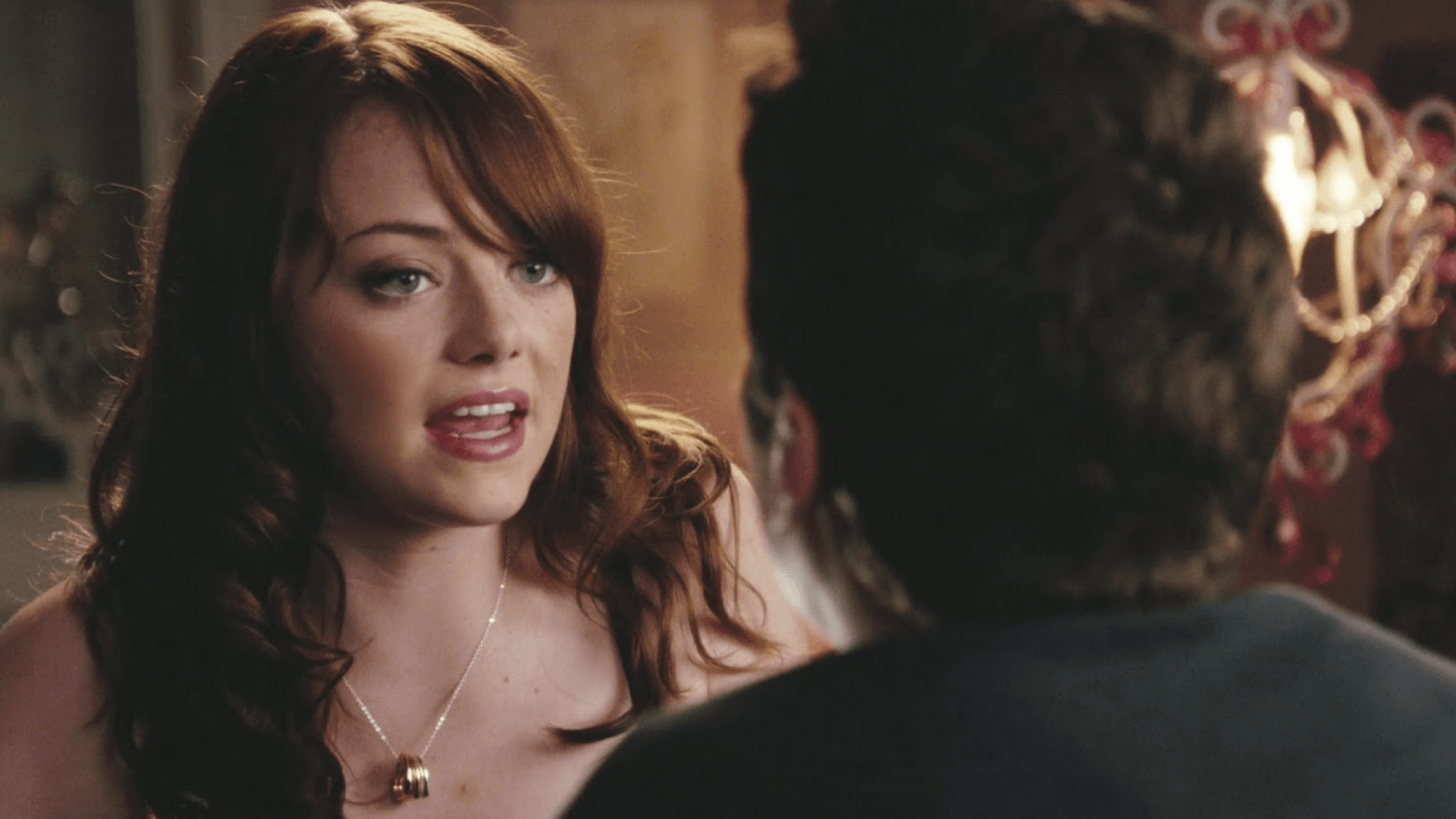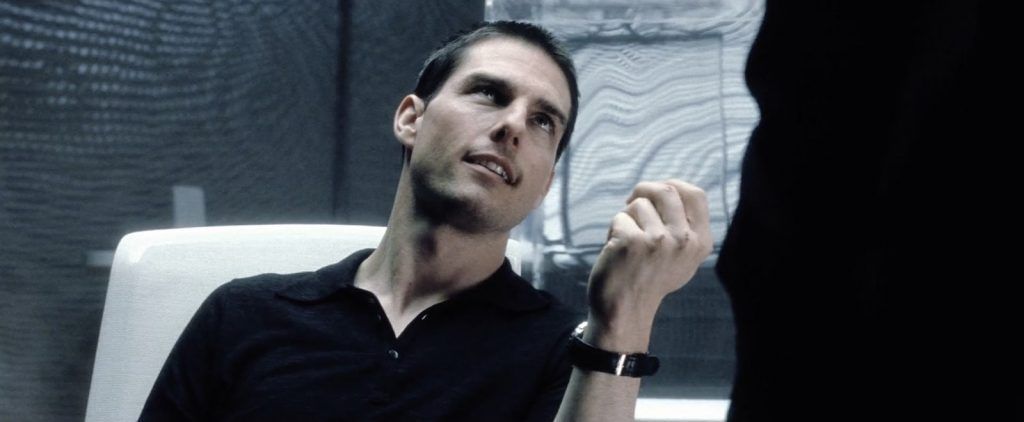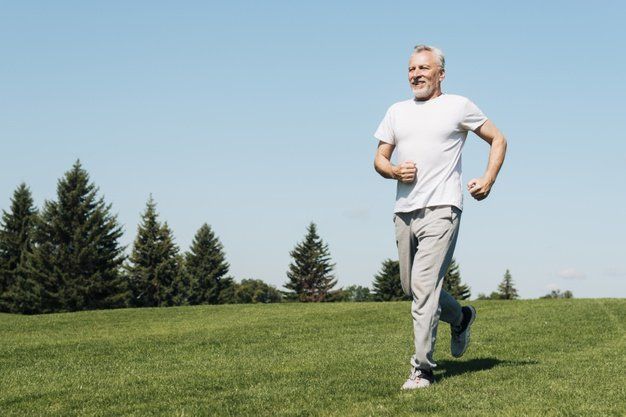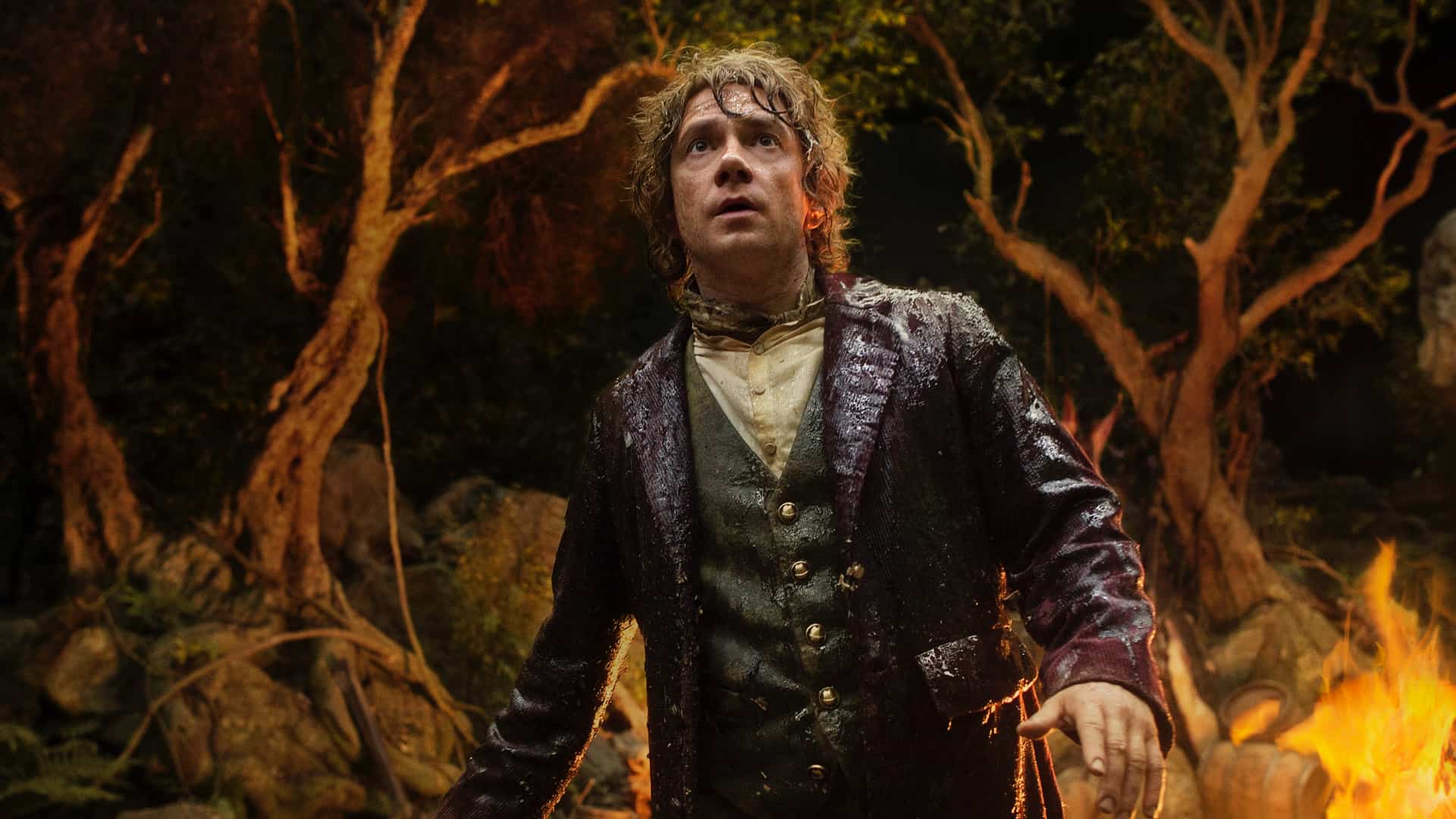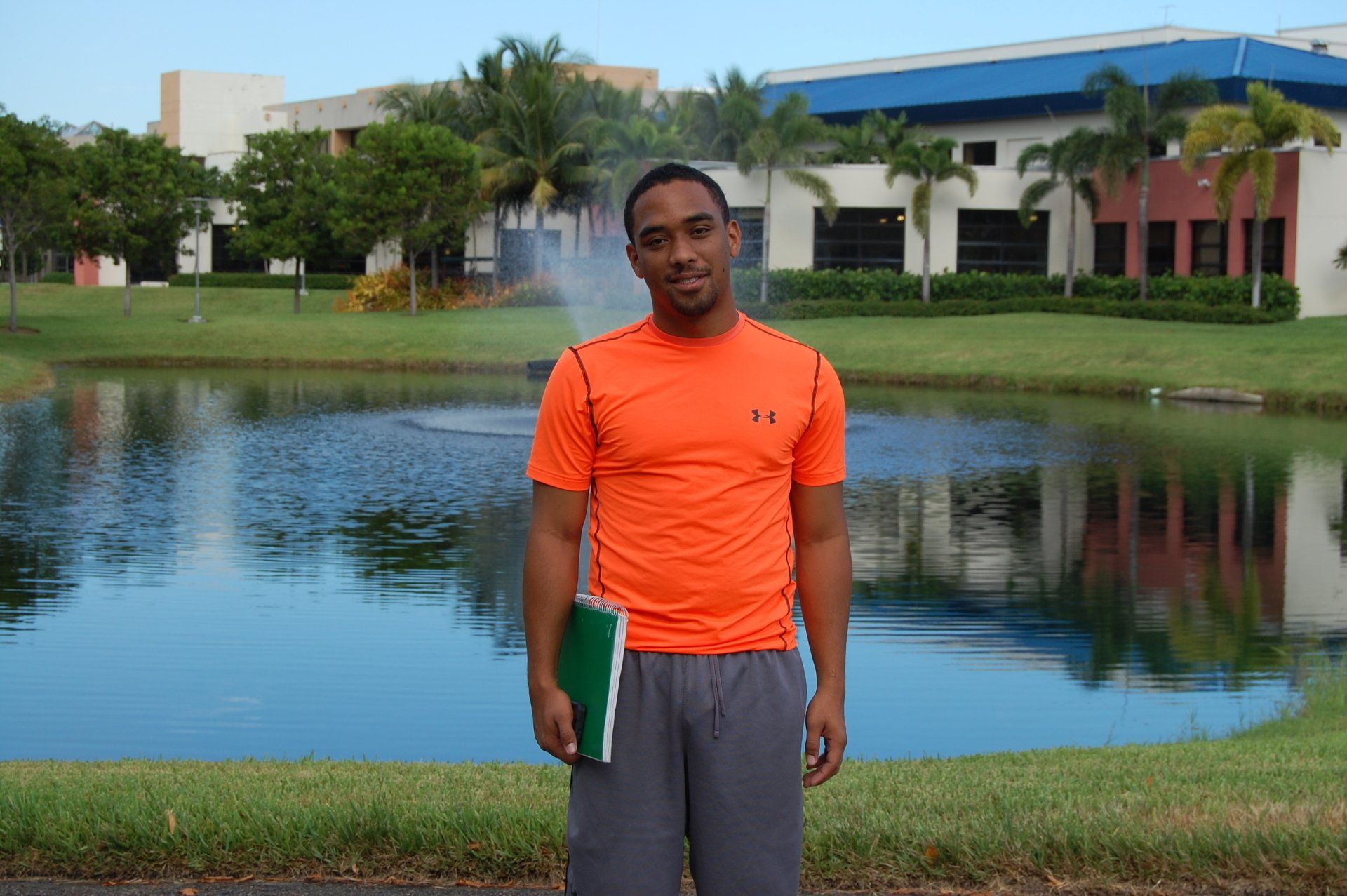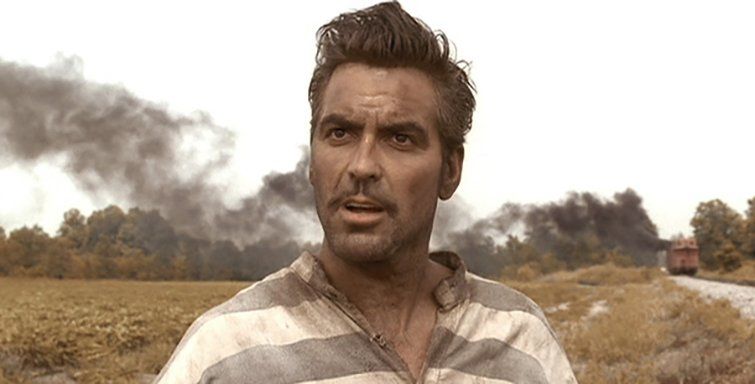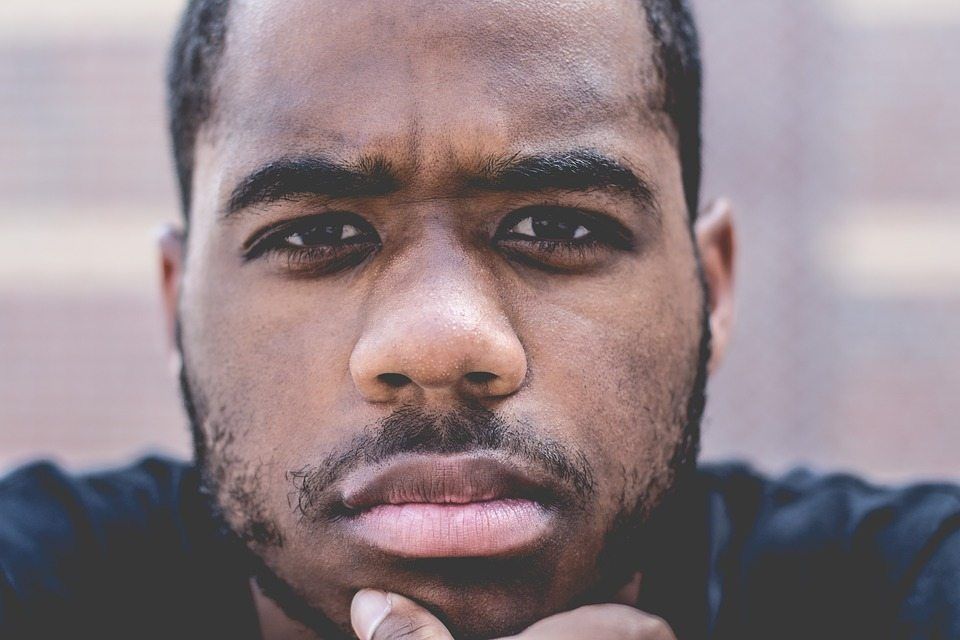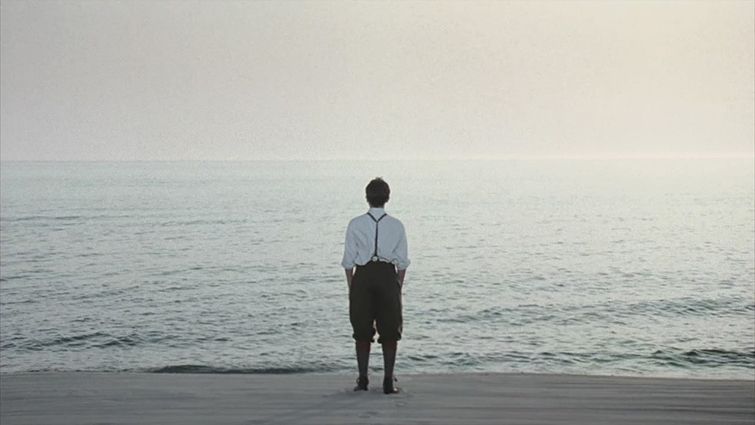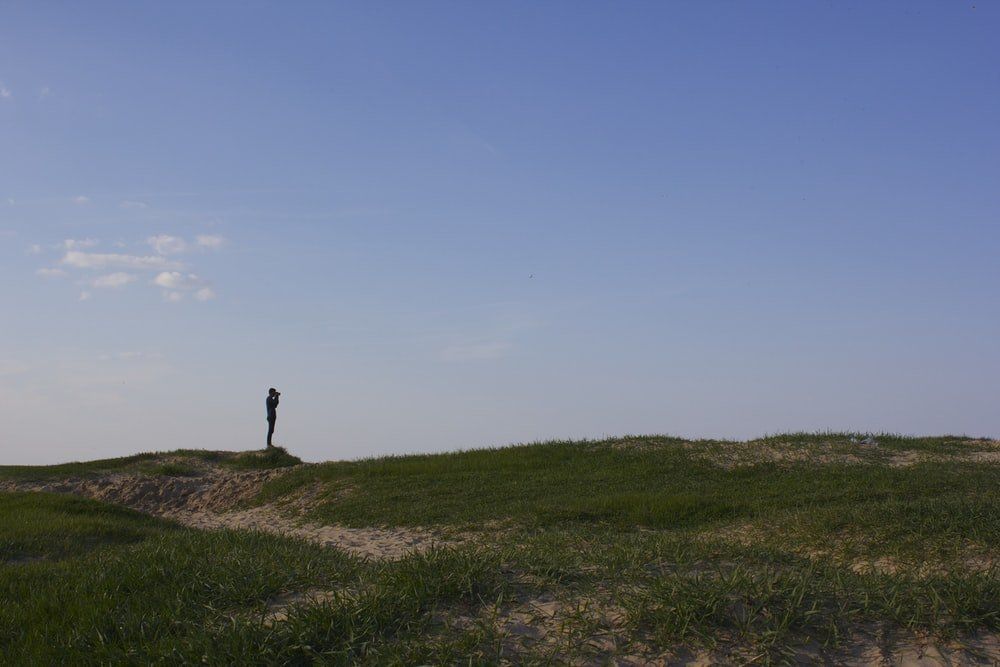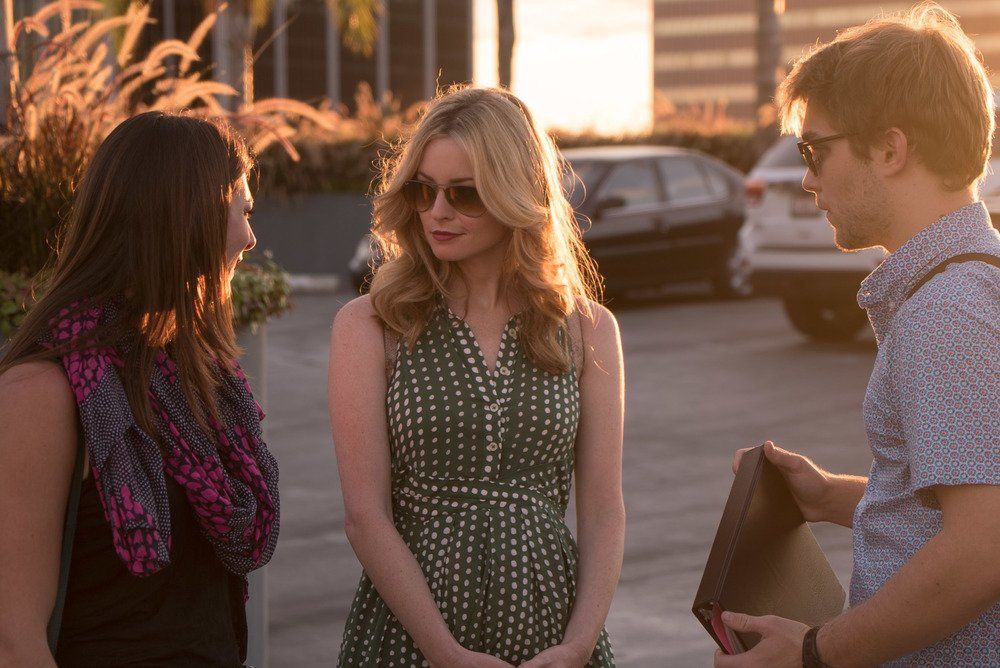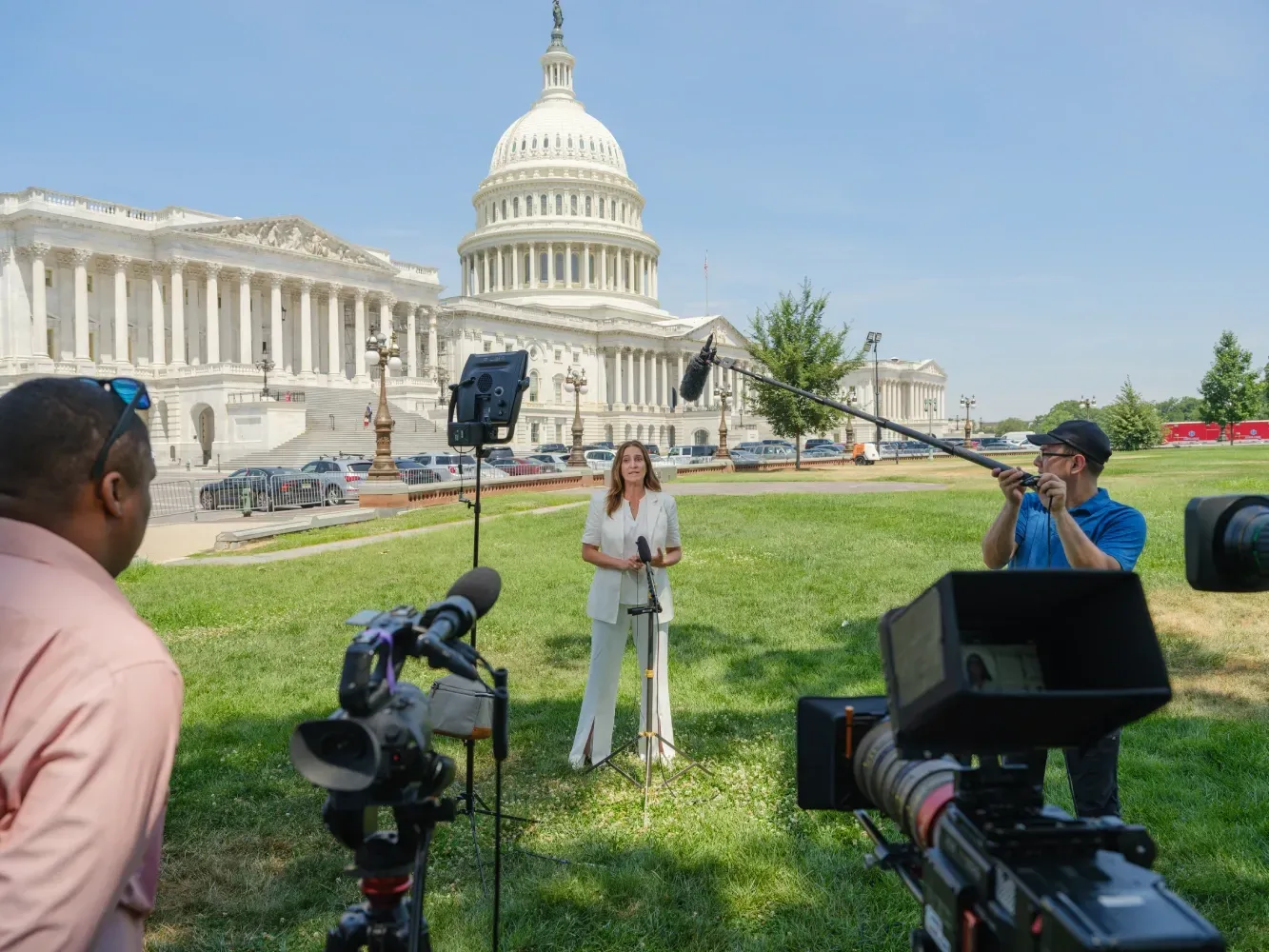Creative cinema camera shots are an essential part of any video type, whether its a movie, a TV show, a promo video, or a vlog.
Different camera shots can help boost the theme, overall mood, and narrative of your video. How you choose to frame your subject on film will have a remarkable impact on how your audience will feel about them. CineSalon's
video production team explores some of the most popular camera shots..
Our favorite call sheet software company StudioBinder dropped this video to help quickly sum up this article.
If you plan to do a lot of videos, you should start learning the different kind of shots and how can you use them to highlight certain scenes, emotions, and characters within a frame.
What is a camera shot?
In
video production, camera shots are planned ahead of time. The type of camera shots that should be used should be written into the script as much as possible.
Angle-Based Camera Shots
Eye-level shot
Eye-level shots mimic the way we see things in real life. Eye-level shots are used to portray a neutral perspective where nobody is inferior or superior in the scene.
Low-angle shot
This is the type of shot where the camera is placed below the subject. With the
camera shot from below, the audience will feel that they are looking up at the subject.
High-angle shot
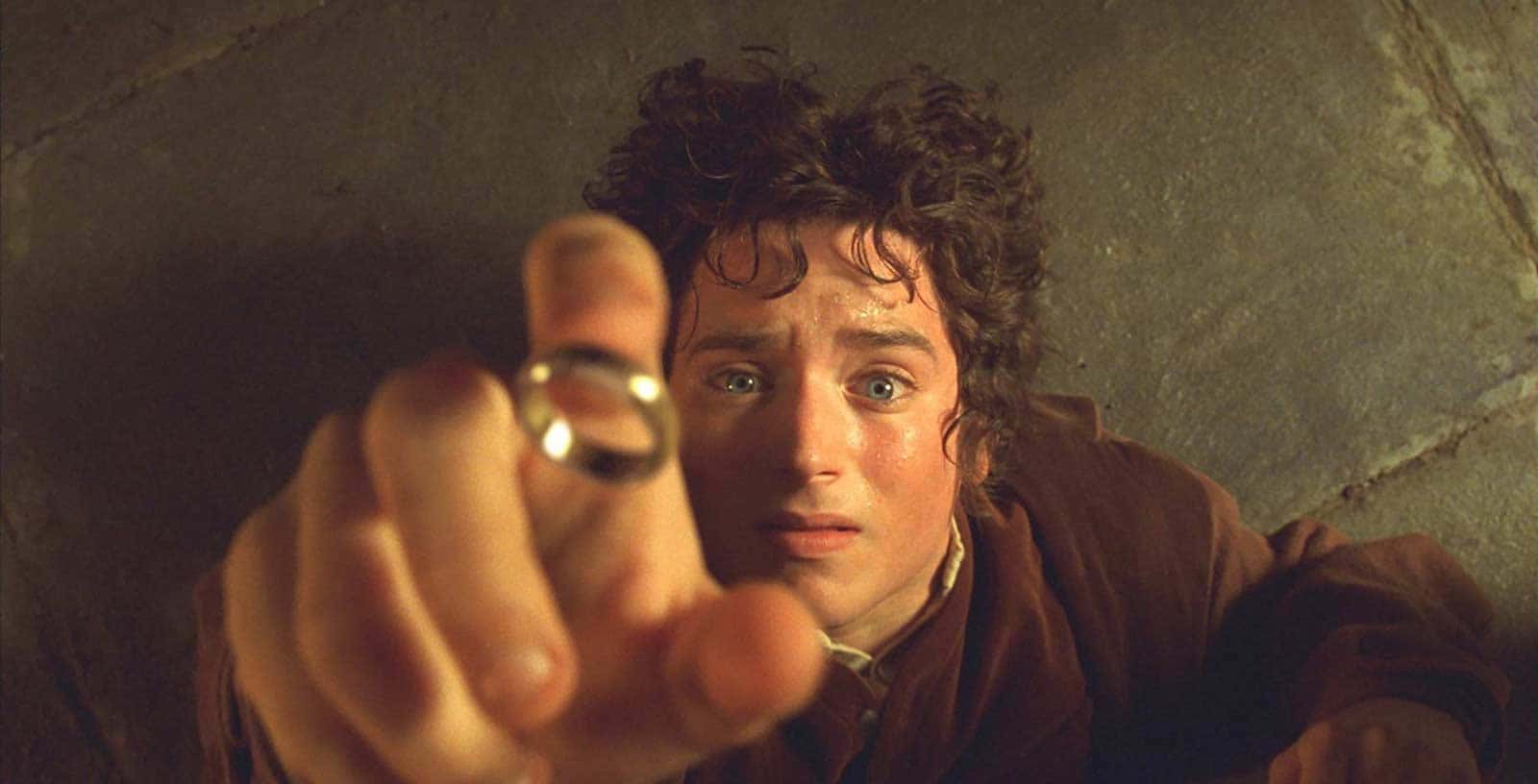
This is the type of shot where the down shot camera is above the subject so the viewers will feel like they are looking down on them. High-angle shots are best used to show the audience that the subject is weak or inferior.
Hip-level shot
In this type of camera shot, the camera is waist-high. Videographers use mid angle or hip-level shots when action occurs near the hip, such as the subject reaching into their pocket or guns being drawn from their holsters.
Knee-level shot
In this type of shot, the camera could be as low as your subject’s knees. This type of angle is used when you want to emphasize how a character is walking, dancing, or creeping.
Ground-level shot
This is when the camera is on the ground level with your subject. What you see in the frame is what is going on in the ground where your subjects are standing. This type of angle is used to feature a mysterious character walking.
Bird’s eye shot
This is the type of shot that looks straight down on a subject. Bird’s eye shots are best used when you want the viewers to feel a sense of inferiority or how helpless a character feels while taking in its surroundings’ broader scope.
Dutch angle shot
This is the type of shot where the camera is off balance or in a diagonal position. Dutch angle shots are best used to convey that a character is acting odd, feeling disoriented, or going through a diminishing mental state.
Over-the-shoulder shot
This is the type of shot where the camera is positioned over the shoulder of one character who is looking at another character. Over-the-shoulder shots are best used when two characters are talking to each other because it emulates a perspective.
Over-the-hip shot
In this type of shot, the camera is placed in a position where a character’s hip can be seen in the foreground. This is usually used when one character is standing. The main character you want to focus on is sitting or kneeling. It is also best used to suggest a power imbalance between the two subjects.
Distance-based camera shots
Full shot
This is the type of shot that aims to capture the full appearance of the subject. In other words, the subject will take up the whole frame.
Medium shot
This is the type of shot that shows the subject from the waist up. This is one of the most common camera shots that are being used for videos.
Medium wide shot
This is also known as the medium-long shot. In this type of camera shot, the frame shows the subject from the knees up. You can use a
medium full shot example from any angle.
Cowboy shot
The cowboy shot frames the subject from the mid-thighs up. This type of camera shot is called the “cowboy shot” because it is often used in Western movies because it is the perfect size and distance to frame the subject with the holster on his hip.
Medium close-up (MCU) shot
This type of shot will show your subject from the chest upwards. This gives a closer look at the subject’s face but not too close.
Close-up shot
This is the type of shot where the camera is close to a particular subject, usually the character’s face. Close-up shots are best used when you want to capture a specific feeling, reaction, or emotion vital to the story.
Extreme close-up (CU) shot
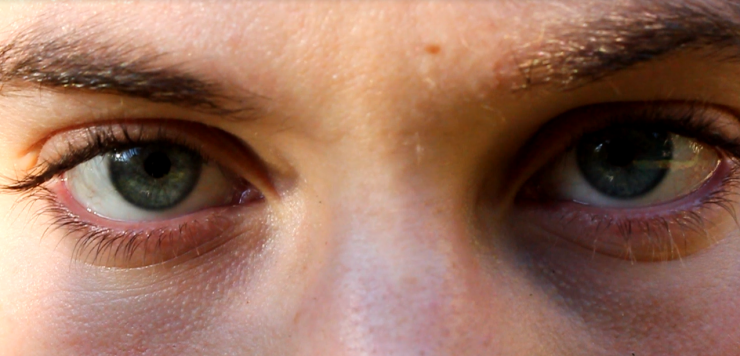
In this type of camera shot, you fill the frame with the subject. This could be a character’s eyes or mouth that conveys an emotion that they try to hide or a greatly-detailed object you want your audience to appreciate.
Long shot (LS)
The long-shot is also known as the wide shot (WS). This type of shot is taken with a wide focal length lens from a distance yet close enough to capture the subject’s whole body in view without it filling the shot.
Extreme long shot (ELS)
The extreme long shot is also known as the extreme wide shot (EWS).
Aerial shot
This is a shot taken from a distance above, usually accomplished with the help of a drone or a helicopter. Aerial shots are best to convey a location’s scope in a sweeping manner.
Movement-Based Camera Shots
Dolly shot
In this type of shot, the camera is placed on a dolly, a pushcart that can handle heavy cameras. These dollies usually have seats for the camera operator to control the camera while the dolly moves on a track.
Tracking shot
This is the type of shot where the camera will follow a subject as it moves. The camera can be positioned behind or beside them. A gimbal or dolly may be employed to create this shot. Tracking shots are best used for action scenes and fight scenes where every subject’s movement is critical.
Camera pan shot
In this type of shot, camera pans are used to move the camera from side to side using a horizontal axis.
Camera tilt shot
In this type of shot, the camera moves up and down on a vertical axis.
Wish pan shot
In this type of shot, the camera pans from one shot to another in a horizontal manner. This creates a motion blur effect on the frame.
Wish tilt shot
The swish tilt shot pans the camera from one shot to another type of shot in a vertical manner.
Arc shots
When doing this type of camera shot, the camera moves around the subject in an arc pattern. Arc shots are usually used to show the surroundings of the character. .
Zoom lens shot
In this type of shot, the camera is not moving, but the lens’s focal length is the one doing the movement, shifting from zoom in to zoom out or the other way around.
Purpose-based camera shots
Establishing shot
This is the shot that will establish the location, usually with a wide-angle shot so that the entire location can be seen. Establishing shots are usually used in the head of the scenes when the video moves to anew location.
Master shot
This is a shot taken from a considerable distance so that the entire scene can be seen in one frame. The master shot is usually used to establish a scene where the shots that follow are related.
Insert shot
This is the type of shot that closes in on an object in the scene. The insert shot is used to highlight or give emphasis on a specific object or detail.
Focus-based camera shots
Shallow focus shot
In this type of camera shot, the foreground and background are out of focus while your subject looks crisp. This places an apparent emphasis on your subject.
Deep focus shot
In this type of shot, everything in the frame is in focus. This is used when you need the audience to appreciate the scenery or background.
Soft focus
This type of camera shot keeps nothing in focus. You can achieve this by using special filters. Soft focus is often used in scenes when a character is dreaming or recalling a memory.
Tilt-shift shot
This shot is made using a tilt-shift lens wherein you can rotate the lens's perspective and do selective focus. The end result is that some images in the frame will look sharp while others would be out of focus.
Framing-based camera shots
Single shot
In this type of camera shot, the frame only captures one subject. Therefore, you can use any kind of shot size or angle you want as long as there is only one subject in the frame.
Two shot
In this type of camera shot, the frame only captures two subjects. This type of shot is best used for performances that should be captured in a single take.
Three shot
Types of shots in film
There are several common and popular types of shots used in filmmaking. Here are a few examples:
- Extreme Wide Shot (EWS):
This shot helps establish the location or setting by showing the subject in relation to its surroundings. It often captures a large portion of the scene.
- Wide Shot (WS): Also known as a long shot, this shot captures the subject and some of its surroundings. It provides a wider view than a medium or close-up shot.
- Medium Shot (MS): This shot focuses on the subject while also including some of the surroundings. It typically frames the subject from the waist up.
- Close-Up (CU): A close-up shot focuses on a specific part of the subject, usually their face, emphasizing facial expressions or details.
- Extreme Close-Up (ECU): This shot captures extreme detail on a specific part of the subject, such as their eyes or mouth.
- Over-the-Shoulder Shot (OTS): This shot is usually used in dialogue scenes, capturing one person's face with the shoulder of another person in the foreground.
- Point-of-View (POV) Shot: In this shot, the camera shows what the character is seeing from their perspective, giving the audience the feeling of being in their shoes.
- Tracking Shot: Also known as a dolly shot, this shot follows the subject's movement, often using a camera mounted on a track or a moving platform.
- Handheld Shot: This shot is taken with a camera held by the filmmaker, creating a sense of movement and immediacy.
- Aerial Shot: An aerial shot provides a view from above, often captured using drones or helicopters. It showcases the subject in relation to its environment.
These are just a few examples, and there are many more types of shots used in filmmaking. Each shot serves a different purpose and can convey various emotions or storytelling elements.
The Four-shot frame captures three subjects–this is helpful in scenes where there a group of characters around.
Understanding camera shot types is essential for creating compelling and effective video content. The ultimate list of camera shot types provided in this article offers a comprehensive guide to help you make informed decisions when planning your video production.
By using this information, you can enhance the visual storytelling of your video, capture the attention of your audience, and convey your message effectively.
If you have any additional questions or need further guidance, don't hesitate to contact CineSalon. Our team of experts can help you create the perfect video that meets your needs and exceeds your expectations.
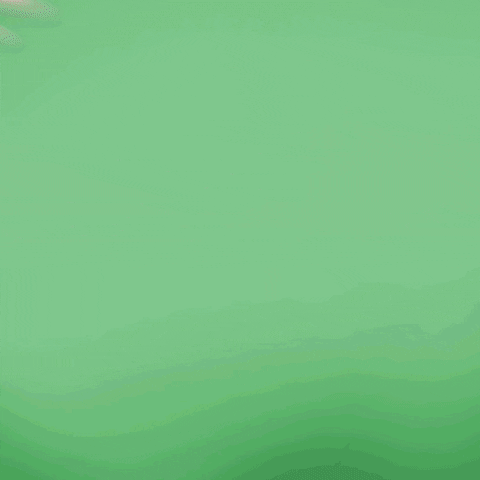
Get total clarity on your video marketing and paid media with our FREE comprehensive data audit.

